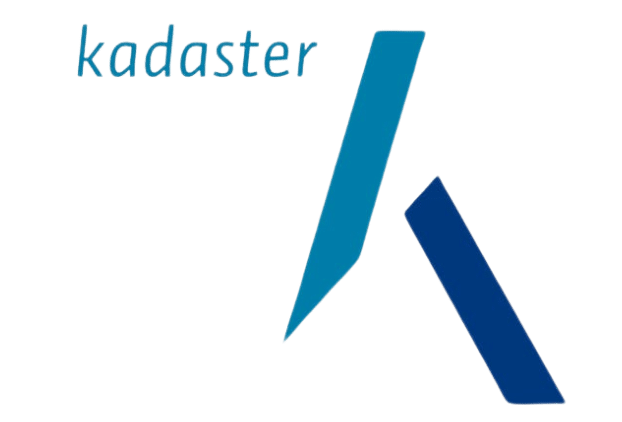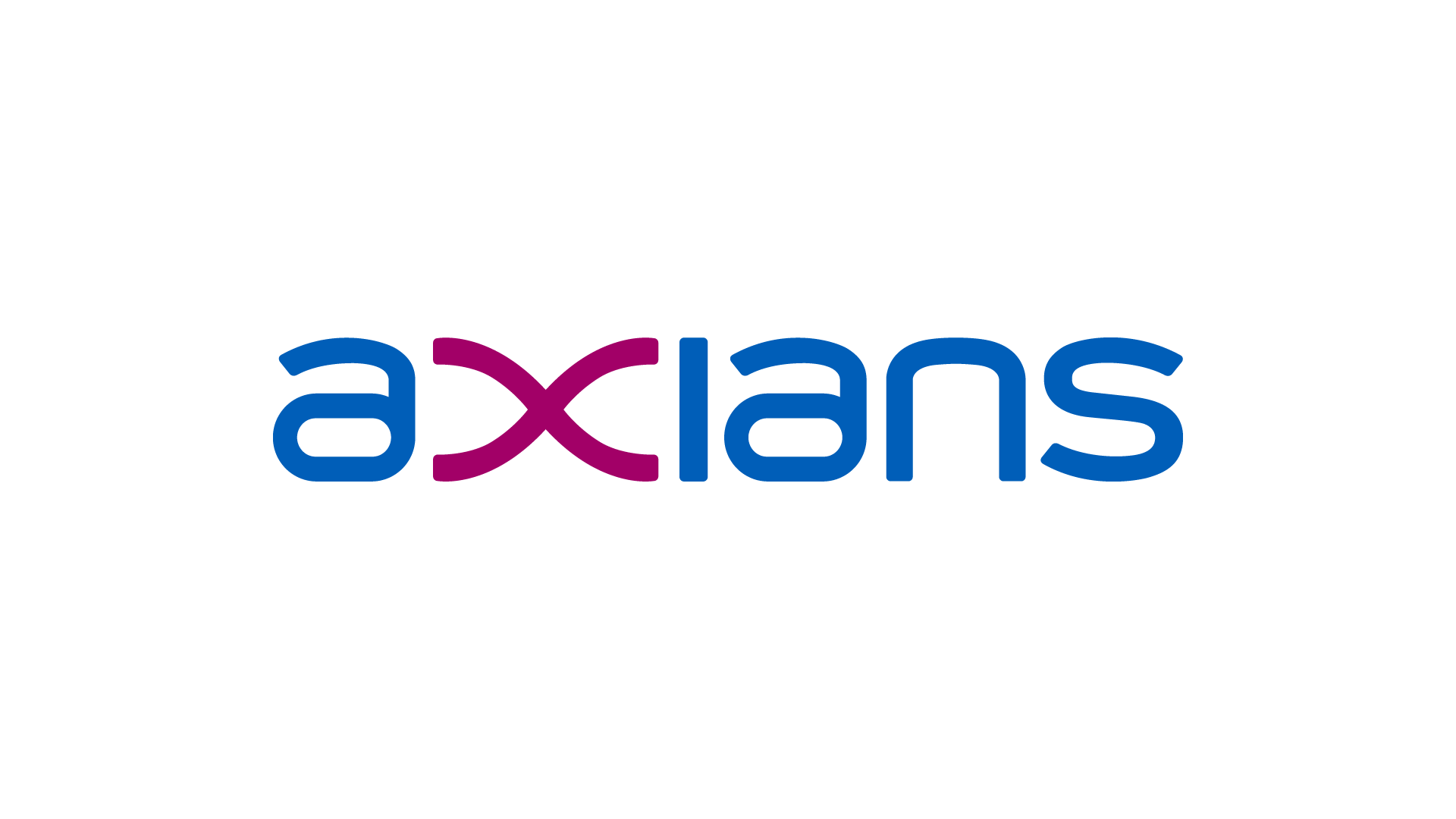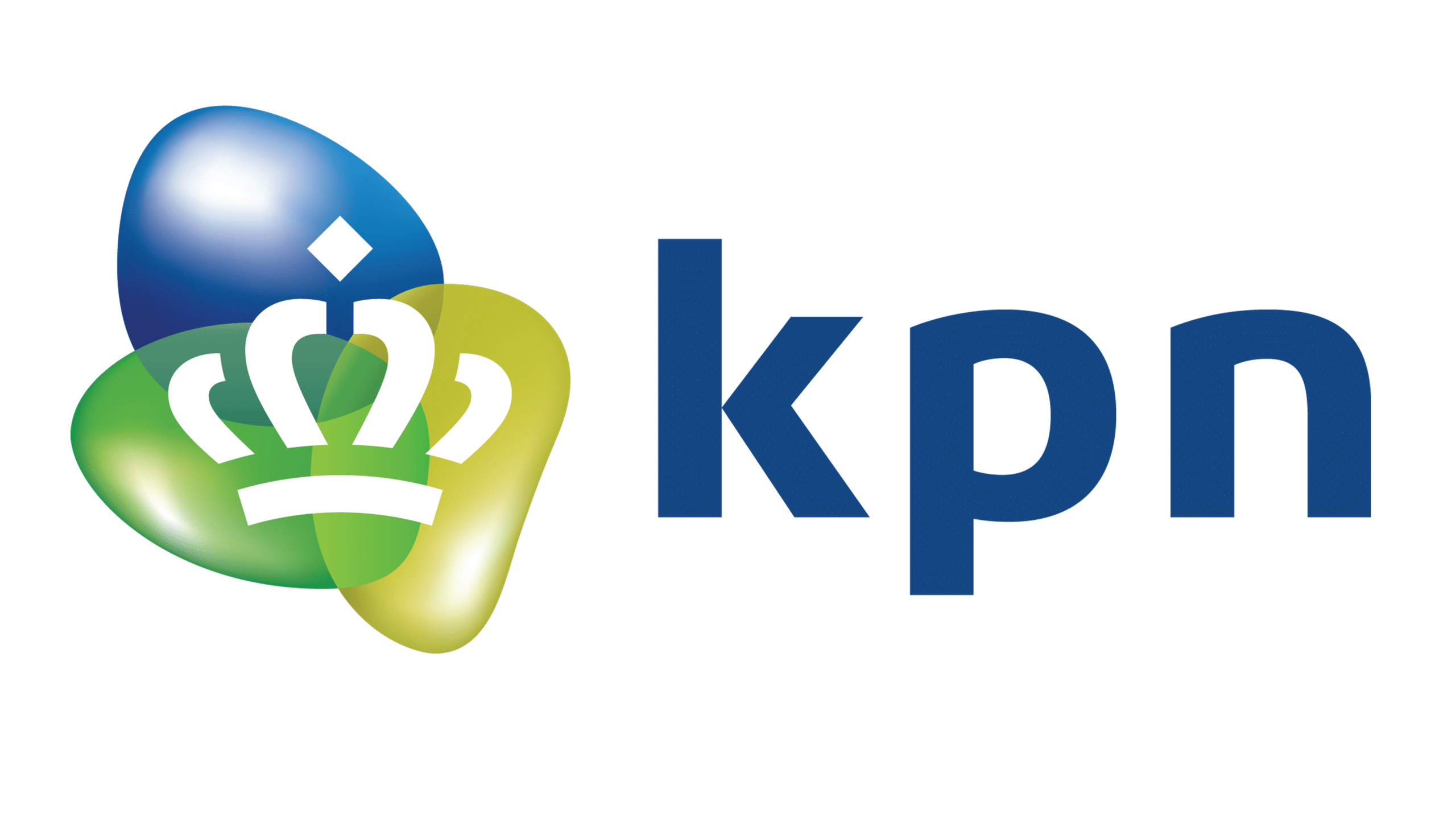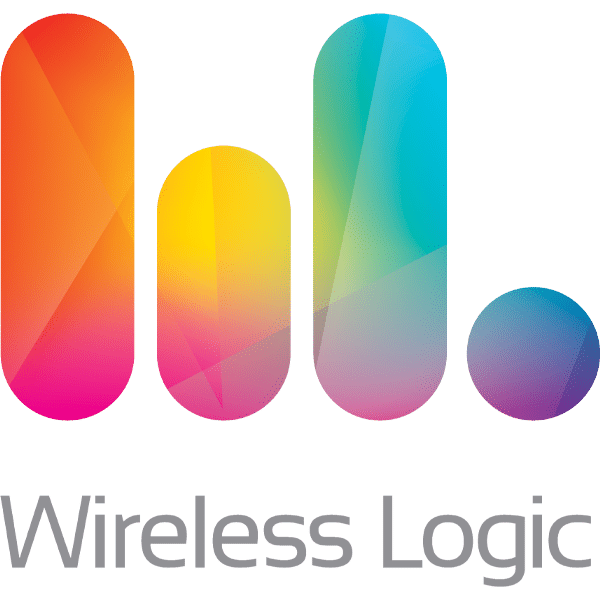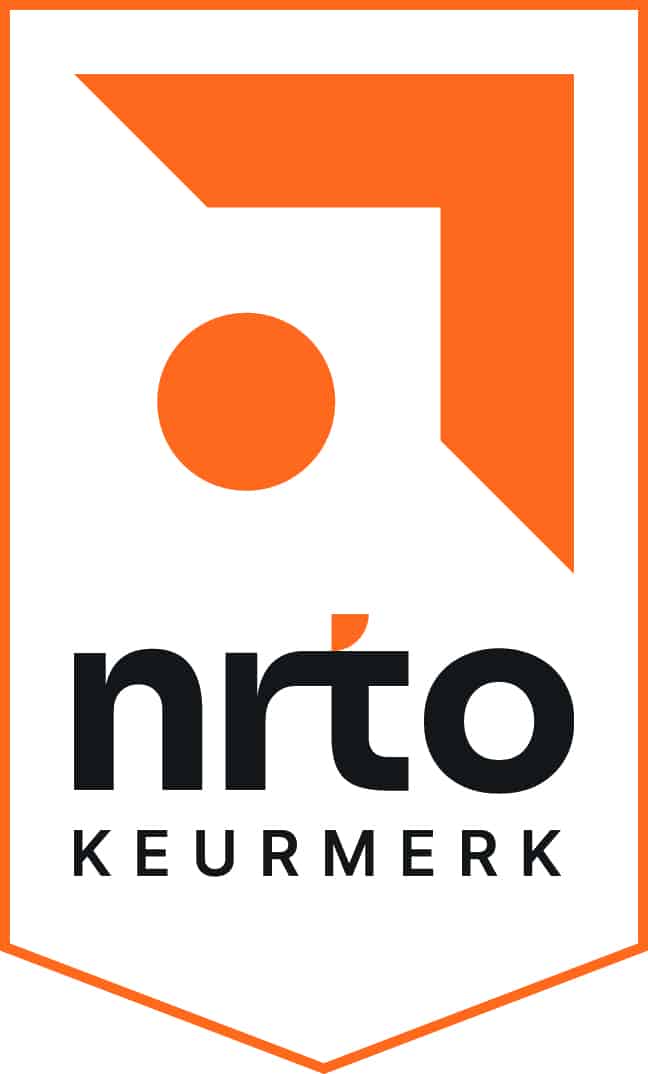Algemene omschrijving
The MB-330 E-Learning is entirely in English. As a Dutch IT training provider, we offer the information on this page in Dutch. At the bottom of the page, you will find a brief summary in English. The topics within the MB-330 E-Learning package itself are described in English.
Met de MB-330 E-Learning verkrijg jij een stevige basis in Dynamics 365 Supply Chain Management. Door de MB-330 E-Learning door te nemen, zul je leren hoe jij producten en voorraden kunt configureren, aanmaken en beheren. Ook zul je ontdekken hoe jij aanvoerketenprocessen kunt optimaliseren, met inbegrip van transport- en magazijnbeheer. Daarnaast zul je dankzij de MB-330 E-Learning inzicht krijgen in kwaliteitsmanagement en master planning, zodat je klaar bent om Dynamics 365 effectief toe te passen binnen een professionele omgeving.
Na aanschaf van het Microsoft Dynamics 365 Supply Chain Management (MB-330) zelfstudiepakket heb jij onbeperkt toegang tot het MB-330 cursusmateriaal (via Microsoft Learn). Het MB-330 oefenexamen van MeasureUp is 180 dagen lang toegankelijk en de inbegrepen MB-330 examenvoucher is een jaar geldig.
Doelgroep
De MB-330 E-Learning is geschikt voor professionals die met Dynamics 365 Supply Chain Management willen leren werken en de MB-330 certificering willen behalen.
Dit betreft met name de volgende mensen:
- Functional Consultants die verantwoordelijk zijn voor het ontwerpen en configureren van Dynamics 365-oplossingen op basis van klantbehoeften.
- Bedrijfsanalisten die bedrijfsprocessen analyseren en vertalen naar efficiënte aanvoerketensoplossingen binnen Microsoft Dynamics 365.
- ERP-specialisten die zich richten op het implementeren en optimaliseren van supply chain management binnen Microsoft Dynamics 365.
- Supply Chain Managers en logistiekspecialisten die betrokken zijn bij voorraadbeheer, transportplanning en magazijnbeheer binnen Microsoft Dynamics 365.
- ICT-consultants en systeembeheerders die met ontwikkelaars, architecten en andere belanghebbenden samenwerken om effectieve Dynamics 365-oplossingen te realiseren.
Wat is inbegrepen
De MB-330 E-Learning biedt alles wat je nodig hebt om in jouw eigen tempo een stevige basis in Dynamics 365 Supply Chain Management op te bouwen en je optimaal voor te bereiden op het MB-330 examen.
Hier is een overzicht van de inhoud van de MB-330 E-Learning:
- MB-330 cursusmateriaal
- Het MB-330 cursusmateriaal bestaat uit uitgebreide lesstof waarin alle essentiële aspecten van Dynamics 365 Supply Chain Management worden behandeld.
- MeasureUp oefenexamen
- Met een MeasureUp oefenexamen toets jij jouw kennis en krijg jij een goede indruk van de vraagstelling van het MB-330 examen.
- MB-330 examenvoucher
- Een MB-330 examenvoucher biedt jou toegang tot het MB-330 examen waarmee jij de MB-330 certificering kunt behalen.
Voorkennis
Voordat je begint met de MB-330 E-Learning, raden wij aan dat jij beschikt over de volgende kennis en vaardigheden:
- Basiskennis van Microsoft Dynamics 365 ERP.
- Een goed begrip van de basisprincipes en -functionaliteiten van Microsoft Dynamics 365 kan goed van pas komen om de inhoud van de MB-330 E-Learning goed te begrijpen.
- Ervaring met aanvoerketenprocessen.
- Basiskennis van voorraadbeheer, logistiek, magazijnbeheer en transportprocessen kan goed van pas komen bij het toepassen van de Dynamics 365-functionaliteiten binnen een bedrijfsomgeving.
Heb je nog geen ervaring met Dynamics 365 of met supply chain management? Dan raden wij aan om eerst de MB-920 E-Learning door te nemen.
Onderwerpen
Module 1: Implement product information management
This module will introduce you to the following topics:
- Create and release products and product variants.
- Create and apply product templates.
- Create bills of materials (BOMs).
- Identify the purpose and capabilities of the product configuration models.
- Configure catch weights.
- Configure direct-delivery products.
- Create and manage inventory dimensions.
- Configure item groups.
- Create and assign bar codes and Global Trade Identification Number (GTIN) codes.
- Configure category hierarchies and product attributes.
- Configure product unit conversions.
- Configure default order settings.
- Describe inventory costing methods & model groups.
- Configure Costing versions for standard and planned costs.
- Configure and default purchase prices, default sales prices, and trade agreements.
Lessons:
- Create and manage products.
- Configure products for supply chain management.
- Manage inventory pricing and costing.
After completing this module, students will be able to:
- Implement product information management.
Module 2: Implement inventory management
This module will introduce you to the following areas:
- Set up inventory management parameters and journals.
- Configure inventory breakdown structure.
- Configure ABC classifications.
- Configure inventory valuation reports.
- Create and process journals including bill of materials, item arrival, transfer, movement, inventory adjustment, counting, and tag counting journals.
- Create and process transfer orders.
- Perform inventory closings and adjustments.
Lessons:
- Configure Inventory management.
- Manage and process inventory activities.
Lab: Case study #1: Implement inventory management
- Exercise #1: Add products to a new warehouse using basic inventory management.
- Exercise #2: Create a standard cost version that uses a specific model group.
- Exercise #3: Add and releasing new products to a warehouse.
- Exercise #4: Use the inventory movement journal to initialize stock levels in a warehouse.
- Exercise #5: Use the inventory transfer journal to move items to a new location in the warehouse.
- Exercise #6: Adjust stock levels using the inventory adjustment journal.
- Exercise #7: Use the inventory counting journal to compare D365 inventory amounts to manually counted.
- Exercise #8: Create a BOM in the BOM designer.
After completing this module, students will be able to:
- Implement inventory management.
Module 3: Implement and manage supply chain processes
This module will introduce you to the following topics:
- Create and manage purchase requisitions, requests for quotes (RFQs), and purchase orders (POs).
- Configure change management processes.
- Configure and apply vendor rebates.
- Introduction to Vendor collaboration.
- Manage consignment inventory.
- Manage over and under deliveries.
- Configure procurement categories and purchasing policies.
- Configure charges.
- Configure quotations, sales orders, and return orders.
- Configure sales groups and commissions.
- Configure customer, product, and prospect searches.
- Configure and process inter-company trade relations documents.
- Introduction to D365 Guides.
- Authoring of D365 Guides.
- Operating of D365 Guides.
Lessons:
- Implement Procurement and sourcing.
- Implement common sales and marketing features.
- Using Microsoft Guides.
Lab: Case study #2A: Procurement and sourcing
- Exercise #1: Create, submit, and approve a purchase requisition.
- Exercise #2: Create, reply and accept a request for quotation.
- Exercise #3: Create purchase requisition and purchasing policies.
- Exercise #4: Create a purchase order for delivery to multiple sites.
- Exercise #5: Create a charges code.
- Exercise #6: Create a vendor charges group and assign to vendors.
- Exercise #7: Create an automatic charge.
- Exercise #8: Approve purchase orders prior to confirmation.
- Exercise #9: Create trade agreements for vendors.
- Exercise #10: Create a purchase order based on a trade agreement.
Lab: Case study #2B: Sales and marketing
- Exercise #1: Enter and confirm sales order.
- Exercise #2: Create and review a sales order for commission.
- Exercise #3: Create a customer trade agreement.
After completing this module, students will be able to:
- Implement and manage supply chain processes.
Module 4: Implement warehouse management and transportation management
This module will introduce you to the following topics:
- Create sites, warehouses, locations, location formats, location profiles, location types, and zones.
- Implement location directives.
- Configure Inventory Statuses, unit sequence groups, and reservation hierarchies.
- Implement wave and work, templates.
- Implement wave load building template.
- Configure mobile device menus, menu items, and display settings.
- manage inventory stock movement processes.
- Perform cycle counting.
- Process inbound and outbound orders.
- Process shipments.
- Describe the replenishment process cross-docking.
- Introduction.
- Configure shipping carriers and carrier groups.
- Perform planning and executing loads and shipments.
- Configure and generate freight bills and invoices.
- Configure route plans and guides.
- Configure route and rate engines.
- Configure and use dock appointment scheduling.
Lessons:
- Configure warehouse management.
- Perform warehouse management processes.
- Implement transportation management.
Lab: Case study #3: Warehouse management and transportation management
- Exercise #1: Configure warehouse management.
- Exercise #2: Create a reservation hierarchy.
- Exercise #3: Create disposition codes and inbound location directives.
- Exercise #4: Configure mobile devices.
- Exercise #5: Configure purchase orders.
- Exercise #6: Configure wave processing.
- Exercise #7: Configure cycle counting.
- Exercise #8: Define cycle counting.
- Exercise #9: Define a partial location cycle counting process.
- Exercise #10: Transfer orders and replenishments.
- Exercise #11: Setup replenishment.
- Exercise #12: Configure outbound processing.
- Exercise #13: Configure cluster picking.
- Exercise #14: Setup manual packing.
- Exercise #15: Configure carriers.
- Exercise #16: Configure rate masters.
- Exercise #17: Setup route plans and route guides.
- Exercise #18: Process inbound shipments.
- Exercise #19: Process outbound shipments.
- Exercise #20: Configure freight reconciliation.
After completing this module, students will be able to:
- Implement warehouse management and transportation management.
Module 5: Configure and manage quality control and quality management
This module will introduce you to the following topics:
- Configure quality control.
- Configure quality management.
- Manage quality orders and quarantine orders.
- Manage inventory blocking.
Lessons:
- Configure quality control and quality management.
- Manage quality control and quality management.
Lab: Case study #4: Quality control and quality management
- Exercise #1: Enable quality management process.
- Exercise #2: Create a manual quality order with a specification.
- Exercise #3: Define conditions to work with non-conformance issues.
- Exercise #4: Use non-conformance order to repair an item and a faulty machine.
- Exercise #5: Run non-conformance reports.
After completing this module, students will be able to:
- Configure and manage quality control and quality management.
Module 6: Implement master planning
This module will introduce you to the following topics:
- Differentiate between planning optimization and master planning.
- Set up coverage groups and item coverage.
- Configure master planning parameters, master plan, forecast plans, and continuity plans.
- Differentiate between action messages, delay messages, time fences, and negative days.
- Process and view planned orders.
- Set up and use the Supply Schedule form.
- Configure and process safety stock journals.
- Set up and Implement inter-company master planning.
- Implement demand-base forecasting.
- Implement planning optimization.
Lessons:
- Configure master planning and forecasting.
- Run master plans and manage planned orders.
- Implement additional master planning features.
Lab: Case study #5: Master planning
- Exercise #1: Process and view planned orders.
- Exercise #2: Create and run intercompany master plans.
After completing this module, students will be able to:
- Implement master planning.
Wat is inbegrepen
The MB-330 E-Learning provides a solid foundation in Dynamics 365 Supply Chain Management. You will learn how to configure, create, and manage products and inventory, optimize supply chain processes, and apply quality management and master planning. With the MB-330 E-Learning, you can practice at your own pace and prepare effectively for the MB-330 exam.
The MB-330 E-Learning package includes official MB-330 learning content via Microsoft Learn, a MeasureUp practice exam, and a MB-330 exam voucher. Learning content is accessible without time limits, the MB-330 practice exam is available for 180 days, and the MB-330 exam voucher is valid for one year.








